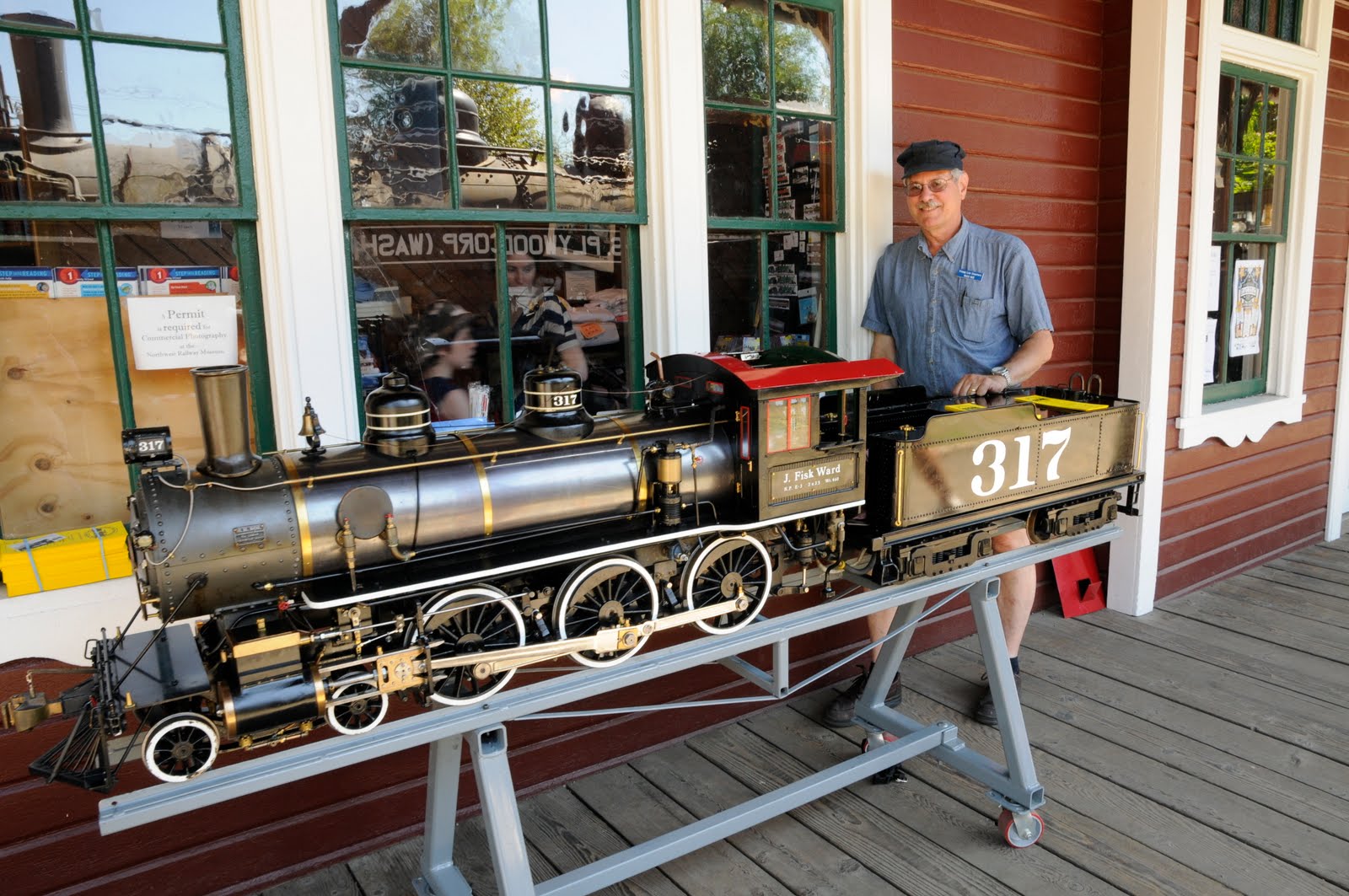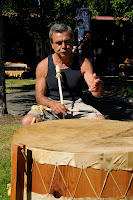 Snoqualmie Railroad Days has been part of Snoqualmie for 73 years; the Northwest Railway Museum has managed the event for the last three years. Railroad Days celebrates Snoqualmie's history as a railroad and logging town, but also as home to the Snoqualmie Nation of Native Americans/First Nations people.
Snoqualmie Railroad Days has been part of Snoqualmie for 73 years; the Northwest Railway Museum has managed the event for the last three years. Railroad Days celebrates Snoqualmie's history as a railroad and logging town, but also as home to the Snoqualmie Nation of Native Americans/First Nations people.
Railroad Days 2011 was a tremendously successful event with an estimated 10,000 participants. The event was held on August 19, 20, and 21 in downtown Snoqualmie. The three-day event included a grand parade, train and motor car excursions, vendors, a competitive running event, live music, a live "paint out" event, railroad demonstrations including from the BNSF Railway, a car show, inflatable amusements, and dozens of additional activities.
Railroad Days is an annual opportunity to celebrate our community's heritage (Snoqualmie) but also to attract a larger and more diverse audience to Snoqualmie, the railway museum, and many other area attractions. The event was made possible by dozens of sponsors including the City of Snoqualmie, the Snoqualmie Tribe, and the Northwest Railway Museum. Spike hopes you were able to enjoy this year's event and invites you to enjoy this collage of photos.

















Photos:
(Top) The food court at Railroad Days along King Street in Snoqualmie
(Below and in order, left to right, top to bottom)
1) Passengers prepare to board the interpretive railway during Railroad Days 2011
2) Engineer and Conductor compare orders and time prior to departing from Snoqualmie
3) Traditional Snoqualmie Nation carvings and skins on display at Railroad Days 2011
4) Clan Gordon, a tradition Scottish pipe band performs on the main stage
5) BNSF Railway demonstrates a rerailing crane
6) A family enjoys the Big Purple Slide at RR Days
7) Panthers unicycle team performs during the Grand Parade
8) Railroad Days goers watch the Grand Parade
9) Russ N. displays his live steam locomotive
10) Children enjoy the Whitcomb locomotive exhibit at the Snoqualmie Depot
11) Families enjoy the Grand Parade
12) A vintage automobile, pretty in pink
13) Redmond Ridge Winery hosted Railroad Days' first-ever wine garden
14) A motor car prepares to set on the railroad track
15) An artist participates in the "paint out" event
16) Face painting transforms a young lady into a tiger
17) John Mullen demonstrates Snoqualmie Nation traditions



